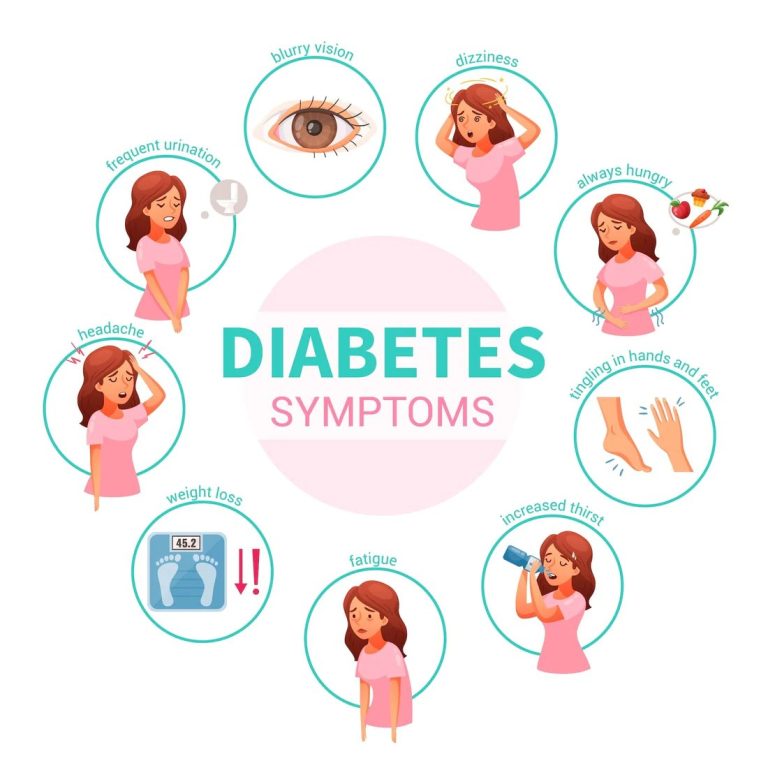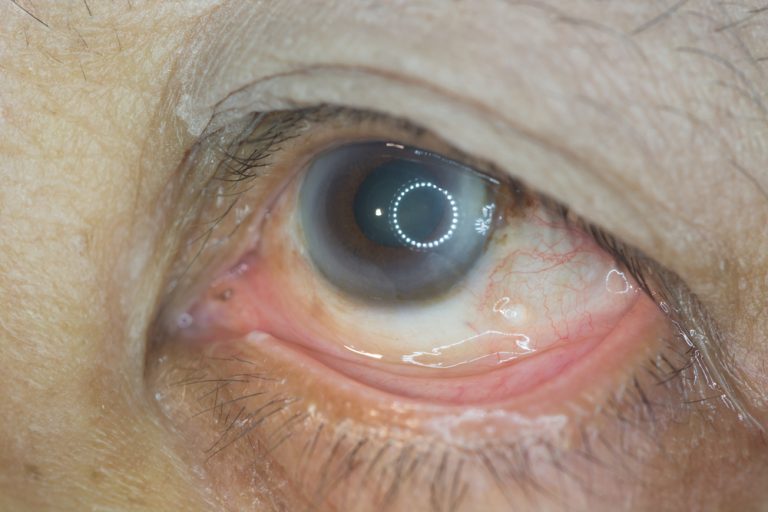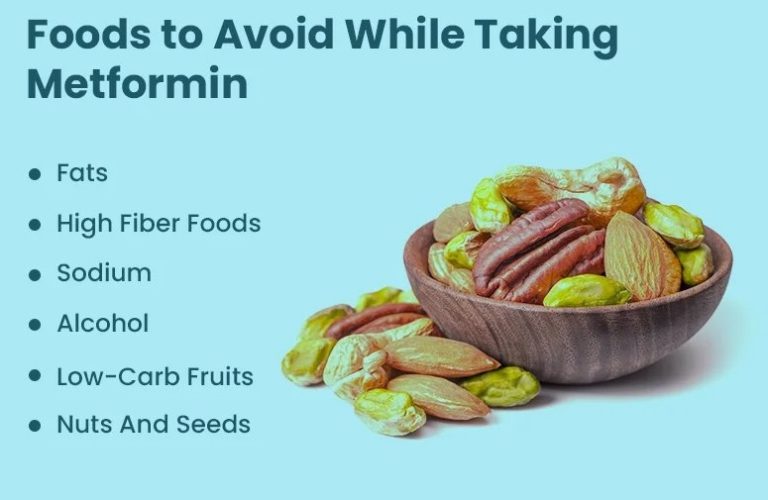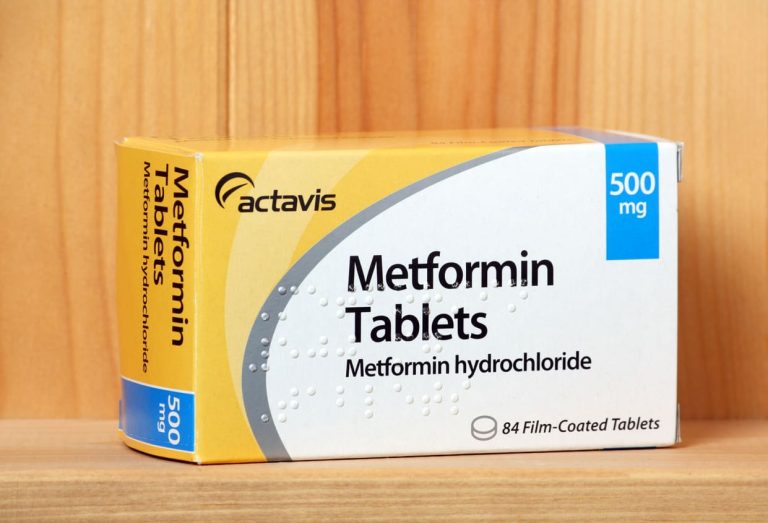Implications for the diagnosis of diabetes in different age and ethnic groups
Identify non-glycemic factors affecting the relationship between fasting plasma glucose (FPG) and glycated hemoglobin (HbA1c), in order to refine diabetes diagnostic criteria.
Research
Relationship between FPG–HbA1c was assessed in 12 531 individuals from 2001 to 2018 US National Health and Nutrition Examination Survey. Using a recently described method, FPG and HbA1c were used to calculate apparent glycation ratio (AGR) of red blood cells for different subgroups based on age, race, and gender.
Results
At an FPG of 7 mmol/L, black individuals had a higher HbA1c (p<0.001, mean: 50.2 mmol/mol, 95% CI (49.8 to 50.4)) compared with white individuals (47.4 mmol/mol (47.2 to 47.5)). This corresponds to NGSP (National Glycohemoglobin Standardization Program) units of 6.7% and 6.5% for black versus white individuals, respectively. Similarly, individuals under 21 years had lower HbA1c (p<0.001, 47.9 mmol/mol (47.7 to 48.1), 6.5%) compared with those over 50 years (48.3 mmol/mol (48.2 to 48.5), 6.6%). Differences were also observed between women (p<0.001, 49.2 mmol/mol (49.1 to 49.3), 6.7%) and men (47.0 mmol/mol (46.8 to 47.1), 6.5%). Of note, the difference in HbA1c at FPG of 7 mmol/L in black females over 50 and white males under 21 years was 5 mmol/mol (0.46%). AGR differences according to race (p<0.001), age (p<0.001), and gender (p<0.001) explained altered glucose–HbA1c relationship in the analyzed groups.
Conclusions
FPG–HbA1c relationship is affected by non-glycemic factors leading to incorrect diagnosis of diabetes in some individuals and ethnic groups. Assessment of AGR helps understand individual-specific relationship between glucose levels and HbA1c, which has the potential to more accurately diagnose and manage diabetes.







